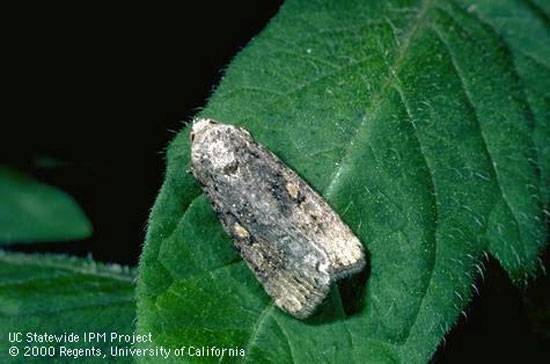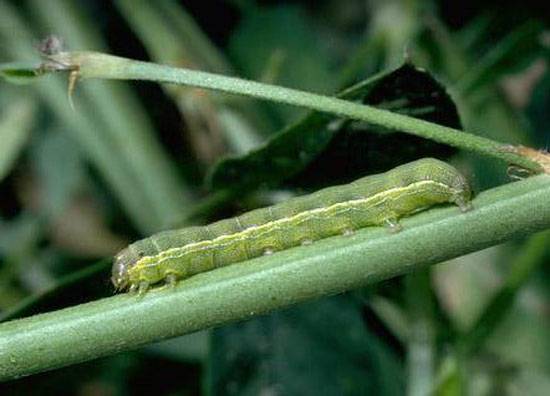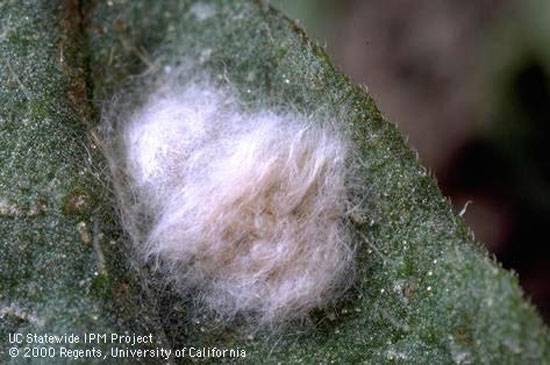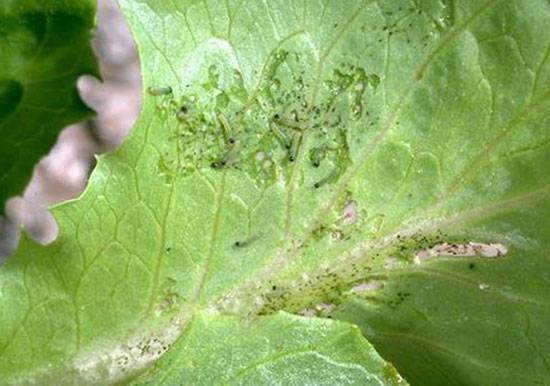Watermelon
Army Worm

Army Worm
Spodoptera spp.

Army Worm
Spodoptera spp.

Army Worm
Spodoptera spp.

Army Worm
Spodoptera spp.
Armyworms are a significant pest that affect a wide range of crops, particularly during the warmer months when they reproduce rapidly. These pests can cause extensive damage to plants by feeding on leaves and fruit, posing a threat to agricultural production.
Life Cycle of Armyworm
Female armyworms lay their eggs in clusters, typically on the upper or lower surface of leaves. Each egg mass contains between 50 to 150 eggs, which are dome-shaped with a flat base and a rounded apex. Freshly laid eggs are pale green, transitioning to golden yellow, and eventually turning black just before hatching. Eggs are often laid in fluffy masses, especially on the crowns of seedlings and the leaves of older plants.
Once hatched, the larvae feed together near the egg cluster before dispersing as they grow. As the larvae mature, they begin to chew irregular holes in leaves and feed on the green fruit of crops. They tend to avoid fruit until the third or fourth instar, but in later generations, they may start attacking fruit much earlier.
Armyworms pupate in small cells just below or on the soil surface. The adult armyworm emerges as a gray and brown mottled moth, completing its life cycle in approximately one month in warm conditions. Depending on the region, there are usually three to five generations per year.
Damage to Crops
Armyworms are destructive, particularly in crops like tomatoes, strawberries, and cucurbits. In seedlings, they feed on the crowns, and in mature plants, they skeletonize leaves, leaving behind only the veins. In fruits, their feeding results in shallow gouges, though they may occasionally cause deeper damage. Their ability to feed in groups allows them to devastate crops quickly, making it essential for farmers to monitor and manage armyworm populations.
By understanding their life cycle and feeding habits, farmers can better time interventions to protect their crops from significant losses.
Blog
Explore Our Blog

